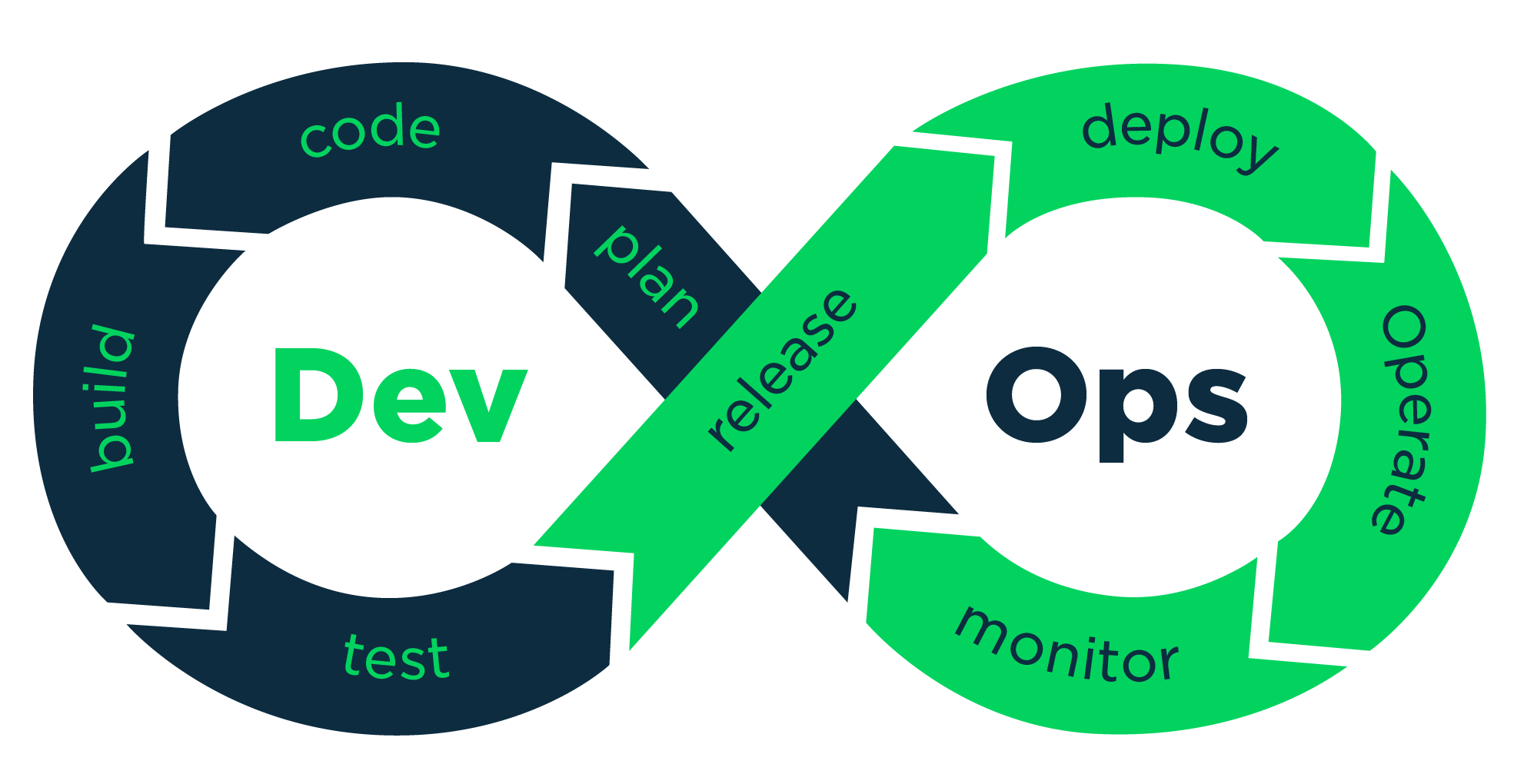Today there is a radical change happening in manufacturing: software. The software component is becoming a core part of products being manufactured and is influencing the adoption of industrialized methodologies and tools for software development. Manufacturers are integrating these methodologies into their businesses to keep up with this shift in scenarios. Part of this shift is using DevOps in manufacturing to increase efficiency.
Similar to how physically manufactured goods companies transformed how they designed, built, and delivered products using industrial automation throughout the last century, companies in today’s world have to transform how they build and deliver software, either as a standalone or a part of a larger product or service.
Making software doesn’t differ so much from a manufacturing plant. In fact, there are parallels that can help manufacturers better understand how to fuse the two together. In software, ideas are converted into a digital product that automates those same concepts.
The supply chain for software consists of planning, designing, building, testing, releasing, and running (or close to it). This isn’t all that different from a set of workstations in a factory. Only when the cycle is completed do we end up with a final product, and then we further refine the product through new releases.
A major player in successfully responding to this shift to software within the manufacturing space is DevOps. Defined as the combination of cultural philosophies, practices, and tools that increase an organization’s ability to deliver applications and services at high velocity, DevOps in manufacturing drives business agility and continuous delivery to not only satisfy customer needs, but also increases efficiency and business performance.
According to the 2016 State of DevOps Survey by Puppet, organizations who practice DevOps spend 29% more time on new features or code, have 200 times faster and more frequent software deployments, and spend 50% less time remediating security issues.
The DevOps methodology fuses the development and operations teams together to break down barriers, save time, and create a leaner organization. As manufacturers continue to lean into software development as part of the product development process, using DevOps in manufacturing can not only drive benefits for the software part of the business but can trickle down into the culture of the entire organization as a whole.
Using DevOps in manufacturing in three main ways can help your organization gain an upper hand in the competitive marketplace by foremost boosting efficiency.
1. Continuous Integration
Delivering updates faster and more frequently, continuous integration helps teams test more frequently to discover and address bugs earlier before they grow into larger problems later. Freeing developers from manual tasks and encouraging behaviors that help reduce the number of errors and bugs improves developer productivity.
2. Continuous Delivery
Practicing continuous delivery means that code changes are automatically built, tested, and prepared for a release to production. Like continuous integration, continuous delivery improves developer productivity and helps them find and address bugs earlier. Performing additional types of tests on code is easier because the entire process has been automated. Under continuous delivery practices, the software release process is automated, and updates are delivered faster and more frequently.
3. Increased Collaboration
Under a DevOps cultural model, the emphasis is on ownership and accountability. In order to reduce inefficiencies and save time, developers and operations teams collaborate closely, share many responsibilities, and combine their workflows. This increased communication and collaboration helps all parts of the organization to align more closely on goals and projects.
Organizations who are using DevOps in manufacturing these three ways (and others) are winning in the marketplace and rapidly innovating. By using DevOps in manufacturing, your team gains agility in launching new services and being competitive.
When considering a transition to a public cloud provider, such as Amazon Web Services, DevOps plays a key role in infrastructure management and cost-saving efficiency measures. It allows for the kind of elasticity in the infrastructure to automatically scale based on user demand, but reduce the footprint and spend to a minimal operating level when user demand is low. This means costs stay low and will only increase when the server resources are required.
The separation of traditional industries and technology industries is long over. Failing to adapt and harness the power of automation is a grave error. As time marches on, soon, every company will indeed be a software company.
Written by Jeremy Steinert, WSM Chief Technical Officer
This post first appeared on the Automation Alley blog.







